
Pianist
The Juilliard School Influences—
My Dear Mom at The Juilliard School
Biography: 1 2 3 4 5 6 7 8 9 10From age 4 to 18, she studied classical piano with her Sunday school teacher; her Professor had studied with a pupil of a pupil that studied with Robert Schumann. I guess that is why she learned the Schumann piano concerto.
My mom graduated from San Jose State University with her degree in classical piano performance.
Then to The Juilliard School graduate-level performance program (Figures 4.1, 4.2, and Figure 5. Getting ready for lessons, at age 4; Figure 7. She always spoke highly of her Professors at Juilliard, including her Professors at Columbia University.
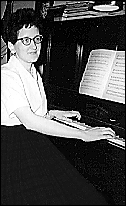
Figure 4.1
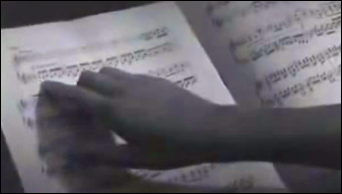
Figure 4.2
Her finger points to the fugue in the music.
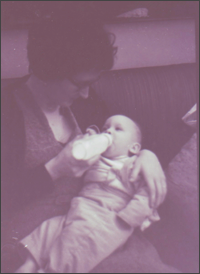
Figure 5

Figure 6
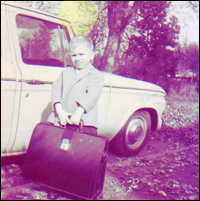
Figure 7
She studied with Professor Vernon de Tar at Juilliard and Professor Thomas Richner at Columbia University. The last piece she learned at Juilliard was the Toccata and Fugue in D minor by Bach (Figure 6). She specialized in Bach—Baroque period of music. She learned the entire book of Bach for Toccatas and Fugues. I also remember that she used to play Arrival of the Queen of Sheba by Handel.
Other pieces I remember that she played on the organ: Canon in D major by Johann Packelbel; Jesu bleibet meine freude (Jesu Joy of Man’s Desiring) by Bach; Sinfonia from Cantata No. 29 by Bach; Trumpet Voluntary by J. Clarke; Alla Hornpipe by Handel; Concerto No. 6 by Handel; Concerto No. 10 by Handel; The Wedding March by Mendelsohn; Rondeau (Theme of Masterpiece Theatre) by Mouret. Of course, her vast repertoire is too long to list.
She played from a huge repertoire. I had to always turn pages for her; she made me learn to read music and turn pages on time. At Juilliard, my mom was a classical performance organ major. In New York, she also played at Radio City Music Hall.
She completed her graduate degree at University of the Pacific (she also attended Stanford University and U.C. Berkeley; she won the competition for a full scholarship at U.C. Berkeley, after graduating from college). She had the equivalency of two graduate-level degrees in music and performance. However, she also attended law school and had the LSAT requirement waived.
Classical Piano Repertoire My Mom Played for Me
During and prior to high school years, she performed Bach, Chopin, Beethoven, Brahms, Mozart, including the Schumann piano concerto in A minor and other concertos. Another piece my mom played for me often was the “Revolutionary” Étude by Chopin, and the “Cello” Étude by Chopin (she played the entire set; I remember these two she played for me), including the Italian Concerto by Bach. She also played Chopin Waltzes for me, including specifically the Chopin Waltz, Op. 69, No. 2. The other Chopin pieces she played often for me: Chopin Heroic Polonaise in A-flat major, Op. 53, and the Chopin Military Polonaise in A major, Op. 40, No. 1.Other pieces included many Beethoven Sonatas (this made a very deep impression on me), Bach (Well-Tempered Klavier, French Suites, English Suites, etc.), Hadyn, and lots of Schumann. She was a child prodigy, playing difficult piano pieces at performance level, when age 4. I should also add that she could sight read any piece pretty much at performance level without too much practicing.
Required Technical Components for a Sure Piano Technique
However, she did not believe in practicing scales, arpeggios, or Czerny—a point we always disagreed on—since I believe scales and Czerny are required for learning and advancing pianistically. Oftentimes, I find myself practicing not only 2-4 hours a day, but I usually practice 8 to 10 hours a day. Though, at least, one should practice 2 to 4 hours a day.These are important components to learn in parallel and contrary motion: scales and arpeggios, double thirds, double sixths, octaves, chromatic scales, broken chords, diminished chords, dominant seventh chords, runs, trills, embellishments, and glissandos.
Think about the application for: long passages, short passages, slow passages, allegro passages, fast—very fast—presto playing—faster than the speed of light, excellent staccatos—must be successfully accomplished prior to high-quality performances.
I tend to spend time mentally to think about it, practicing everything first mentally, and thinking about how it makes me feel. If you evaluate yourself every time you play, then your piano playing gets better all the time. Evaluation is always an important component for superior piano playing, including a creative imagination.
I also recommend that a pianist practices on a Steinway B every day, including nothing less than a Steinway K (52-inch) upright. While a Steinway piano cost much more to procure, it is the best piano for a serious and fiercely dedicated musician to practice on.
About the music room Steinway (Model B) grand piano: This magnificent 6’ 11” (211 cm) grand piano is often referred to as “the perfect piano.” It is a wonderfully balanced and versatile piano that does extremely well in intimate settings, teaching studios, and mid-sized venues.
Recommended Requirements for Learning
A few Czerny Studies recommended by my Professor Krasoff and me. There are no shortcuts to take in learning how to play piano. We do not believe in skipping Czerny, and many other technical exercises, for the mere sake of convenience or because it takes too much work at the piano. All of my Professors stressed the importance of learning foundational technical skills from the serious study of Czerny.At least, count on really learning successfully a few well-known books, like: Easy Studies, Opus 139—Hundert Übungsstücke; Selected Studies, edited by Emil Liebling, Opus 299—Die Schule der Geläufigkeit (The School of Velocity for the Piano)—and Opus 740—Die Kunst der Fingerfertigkeit (The Art of Finger Dexterity). A few suggested selections for learning more technique:
- Opus 261, 821, 599, and 139 (Selections)
- Opus 829, 849, 335, and 636
- Opus 299 and 834
- Opus 355
- Opus 740
- Opus 553 and 821 (Octaves)
- Opus 92 (Toccata)
Constantly, think about how well you will play all these pieces. Think about how to be a successful pianist, and you will demonstrate being a successful pianist. There are no obstacles to a determined person and his or her outcome in life.
Started Playing Piano at Young Age
At a young age, I studied classical piano performance with my mom. I grew up in the San Francisco Bay Area; Figures 8.1 and 8.2 (house where I grew up) and Figures 8.3 and 8.4 (house built by my family in 1704).At age four, my first listening experiences were from records of my mom playing Beethoven Sonatas (from high school record recordings prior to Juilliard)—Arthur Rubinstein playing Chopin—and then Bach Brandenburg Concertos.
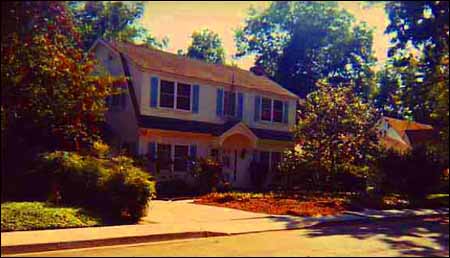
Figure 8.1
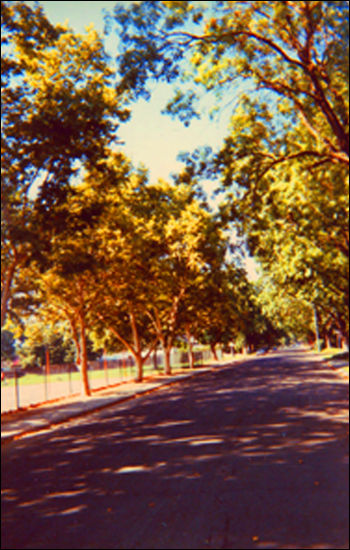
Figure 8.2
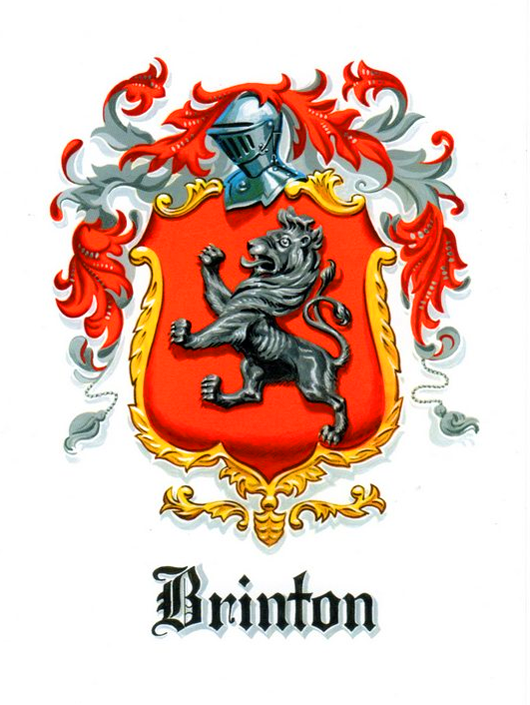

Figure 8.3
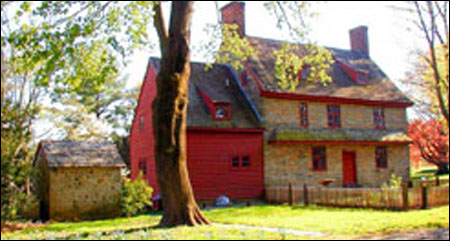
Figure 8.4
Classical Piano Repertoire I Enjoy
My specialized training includes the German School of Music; the Russian School of Music.Composers and pieces I enjoy:
Bach, Hadyn, Mozart, Schubert, Beethoven, Brahms, Czerny, Liszt, Chopin, Grieg, Franck, Tchaikovsky, Debussy, Ravel, Szymanowski, Mendelssohn, Mussorgsky, Prokofiev, Villa-Lobos, Schumann, Rachmaninoff, Albeniz, Ginastera, Granados, Falla, Mompou, as well as many other romantic composers (piano performance pieces are always a work in progress, even if I have not learned every piece of music—because I grew up in music, I am already very familiar with the score).
◼ Rachmaninoff piano concerto No. 3 in D minor, Op. 30;
◼ Rachmaninoff piano concerto No. 2 in C minor, Op. 18;
◼ Tchaikovsky piano concerto No. 1 in B-flat minor, Op. 23;
◼ Schumann piano concerto in A minor, Op. 54;
◼ Liszt piano concerto No. 1 in E-flat major, S. 124;
◼ Liszt piano concerto No. 2 in A major, S. 125;
◼ Beethoven piano concertos; and
◼ Bach piano concertos, including other concertos.
A contour drawing of my hands is shown below (Figures 17 and 18). Of course, Bach is very natural for me to play—I guess because the DNA from my mom impacted my piano performance ability. I love every composer and enjoy them all!
Dr. John Pobanz with Wife—My Grandparents
I am very thankful to grandparents for all their support in life and excellent advice (especially to my grandmother the fashion designer)—and my grandfather the Professor and mathematician.Dissertation Title: A study of Cubic Surfaces by Means of Involutory Cubic Space Transformations; Dr. John Pobanz, Ph.D., U.C. Berkeley; University of Michigan; Figure 10.
When I was 10 years old, my grandmother gave me a copy of his thesis report to read. The other assignment from my grandmother was to assist her, helping her with odd tasks in her design studio, including helping clients, drafting up new design patterns, or checking out new color schemes.
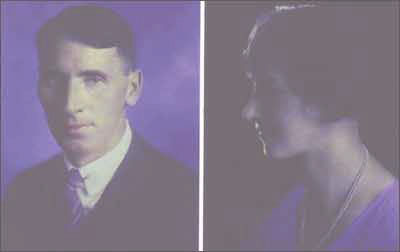
Figure 10
Arthur Rubinstein
I am very thankful to Arthur Rubinstein. He has always been a part of my life. I adore his piano performances. I listen to The Rubinstein Collection, when I have time. In a word, I have always felt that his performances speak directly to my heart—very exciting, daring, and excellent tonal qualities. Samples of his playing from The Condon Collection (Figure 11).
Figure 11
Since I learned the Leschetizky method of piano performance from my Professor (an excellent resource: The Leschetizky Method: A Guide to Fine and Correct Piano Playing), I believe that producing high-quality tonal replications on a Steinway is truly important to a legato and professional tone. I mean that and feel strongly—one should sing the tone out, playing with curved fingers—creating the most legato and smooth tone possible on the Steinway.
This is even important in the practice of scales, technical exercises, and arpeggios, including complicated passages. The phrasing must be done right; in a word, the pacing of the music being played must be accomplished correctly. The playing must be colorful and in proper context to the composer—always from the heart.
I was very fortunate to have been afforded the opportunity to obtain The Rubinstein Collection, which also comes with an excellent book (entitled: The Rubinstein Collection)—many great articles as well as stories about him. I respect his ability to perform in a way that really touches my soul, which has always delighted me and taught me many things.
A Tribute to Arthur Rubinstein
Introduction to the Spanish Dancing-FlamencoRecommended Arthur Rubinstein Books
I recommend both of his books: My Young Years and My Many Years. I studied them during my high school years, and I found them to be a source of inspiration for me. All of my ideas about education, metaphysics, piano performance, and learning languages were directly formed from reading his books.The ideas presented to me from piano performance Professors (Juilliard teachers) developed my ability to perform—the perfection always demanded in doing piano performances was intense, incredible, perfectibility at its best—to say in the least (thank you, Juilliard).
Different Schools of Thought
There are many schools of differing thoughts, with great achievements, which should be recognized. A very metaphysical approach and more holistic attitude would be: “let a hundred flowers blossom and a hundred schools of thought contend.”◼ Steinway Piano Preference
Steven Heitman
Pianist
Copyright © 1998-2027
All rights reserved
Updated: March 1, 2022